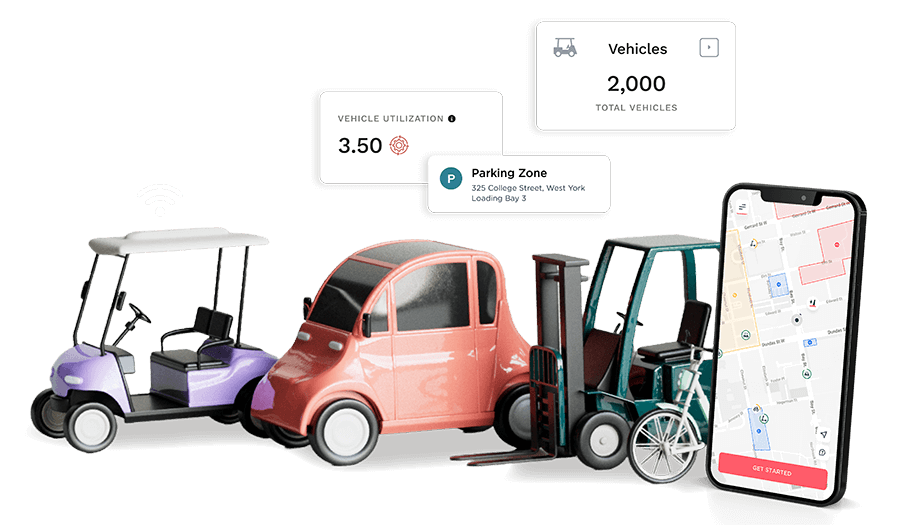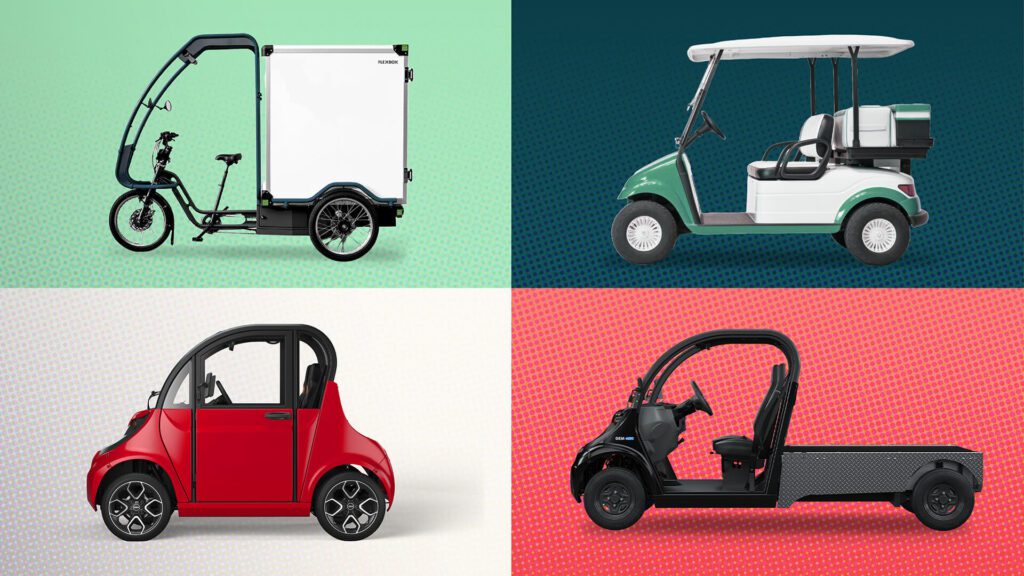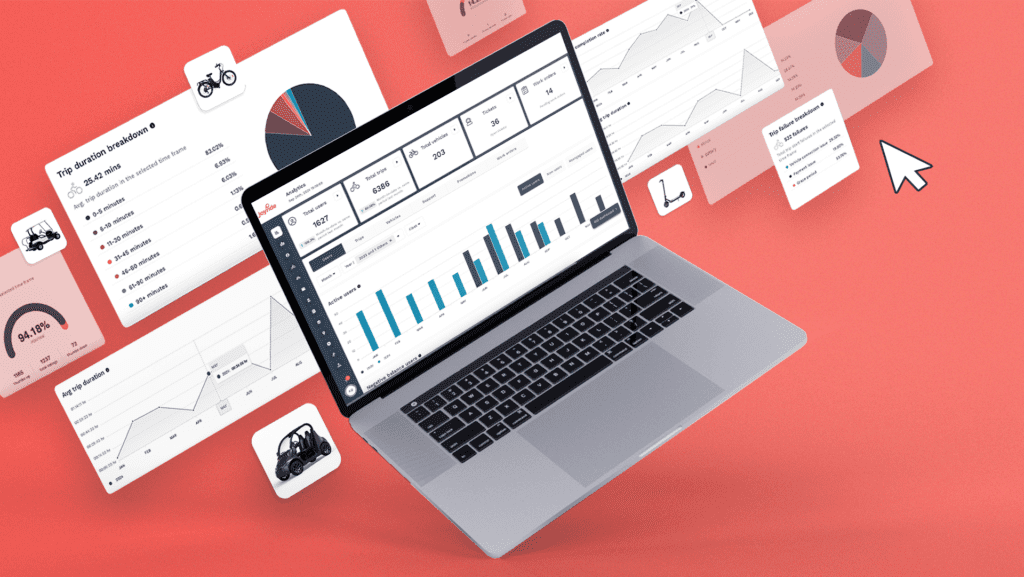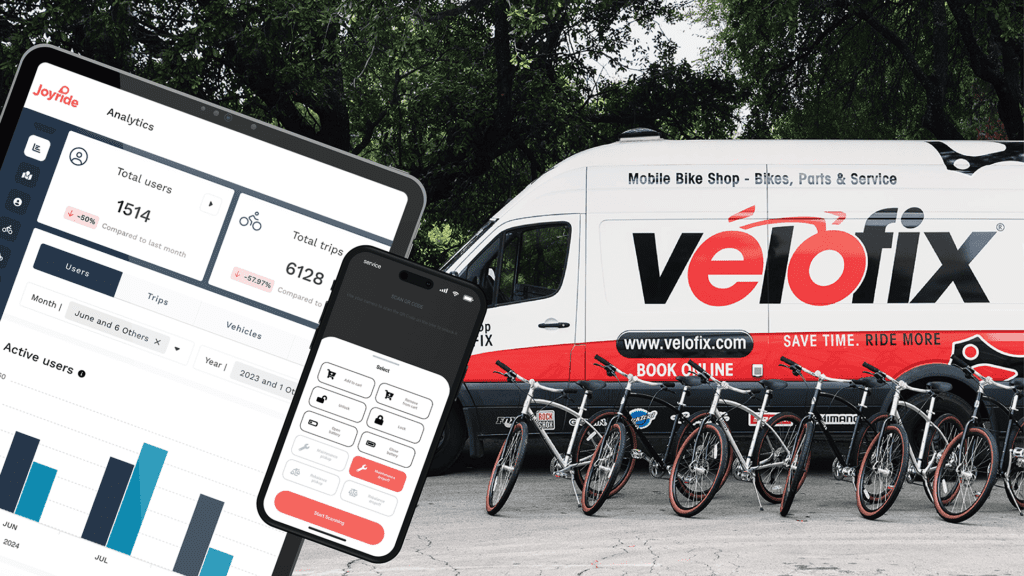Shared micromobility systems are popping up across the globe as sustainable (and highlighly profitable) transportation solutions. Electric scooters, bikes, mopeds and charging stations are quickly changing how people move throughout their cities and within places like university campuses and tourist destinations. If you’re looking to launch or grow a shared mobility network, then you first need to know the most commonly asked questions about the industry.
Here, we address the top 10 questions about micromobility in detail.
What is the meaning of micromobility?
Micromobility refers to a range of lightweight vehicles that travel at speeds typically below 15 mph (25 km/h). Devices include bicycles, e-bikes, electric scooters, electric skateboards and shared bicycles, all of which are driven by users personally.
What is shared micromobility?
Shared micromobility began in 2016 with connected bicycle, scooter and moped-sharing services. Operating through either free-floating (dockless) and docked models, these services clocked 139 million rides in the US alone in 2019. Micromobility is now growing faster than car-sharing (or ride-hailing) and is expected to become a common way for people to travel in cities.
Why do people use micromobility?
Scooters and bikes promote an outdoor lifestyle that’s efficient, sustainable and fun. More than 50% off all trips in the UK are less than five kilometers, which means travel can be cost-effective and environmentally friendly without having to set foot inside a car. In our post-pandemic world, the number of people looking to use micromobility on a regular basis will increase by 12% for shared micromobility compared to pre-crisis levels.
How big is the micromobility market?
The global micromobility market was valued at $40.19 billion in 2020, and is forecasted to reach $195.42 billion by 2030, according to Allied Market Research. Driving this growth are the rising trend of on-demand transportation services, government initiatives for smart cities and an influx in venture capital and strategic investments. McKinsey & Company, meanwhile, predicts a 10% in the number of passenger-kilometers traveled by 2030.
How are e-scooters environmentally friendly?
Scooters have long been touted as powerful devices that lower our carbon footprint. If a scooter runs for 10 miles/day, this equates to a daily reduction of 3,500 grams of carbon per scooter. Therefore, a city with 10,000 scooters would then reduce emissions by 35 metric tons daily.
How does a micromobility software platform work?
People are able to rent micromobility vehicles by using a mobile app. They can locate vehicles, scan their QR codes and embark on their trips all through their phones, and trip payment (and other marketing programs) are also conducted through the rental company’s app. Joyride is a white-label platform that develops a rider app and backend tracking system for businesses of all sizes, enabling them to gain/retain riders, monitor their usage and logistically operate an entire shared mobility system of thousands of vehicles from one single software platform.
How much money can you make from operating your own scooter-sharing business?
Traditionally, an electric scooter becomes profitable in less than four months. Overall, the scooter-share industry experiences an estimated 27% to 30% gross profit margin on scooter rides. Based on industry calculations, a 100-vehicle fleet can expect profits of $131,000/year. Read more about the financial potential of a scooter-share here.
What’s the difference between developing your own micromobility software and using a third-party service?
Using a third-party software platform eliminates the need to hire a full engineering and data team, thereby lowering your operating costs by 10x when compared to developing your own software in-house. Having your fleet supported by a SaaS platform saves time with automated tools and billing systems, and it makes you privy to third-party integrations data-sharing systems, navigation services, autonomous vehicle tech and other services that will in turn make your business more desirable to cities that are selecting companies in their RFP process. More about the pros of outsourcing your software solutions here.
How do cities welcome new micromobility fleets?
Cities are embracing the benefits of micromobility right now. When it comes to launching a shared scooter system, it’s imperative to understand local RFP processes in place and to check with your counsel concerning the regulations and requirements for micromobility vehicles in your city. Even if they are lenient, you should check in with your local government to ensure that you are not breaking any laws and to avoid the risk of fines. Joyride also has an in-house consultant who can provide guidance on this.
What are the first steps to launching your own branded fleet?
Initially, you’ll want to understand your market and business model (i.e. is it a city-focused fleet or a private share for businesses?) Next, secure a software provider to develop your white-label app and backend operational logistics. At Joyride, we assist in full turnkey solutions that include sourcing the right vehicles for your fleet as well as insurance, branding, securing city permits and charting expansion plans.
To learn more about the micromobiltity market and how you best fit into it, speak to a Joyride sales representative today.







